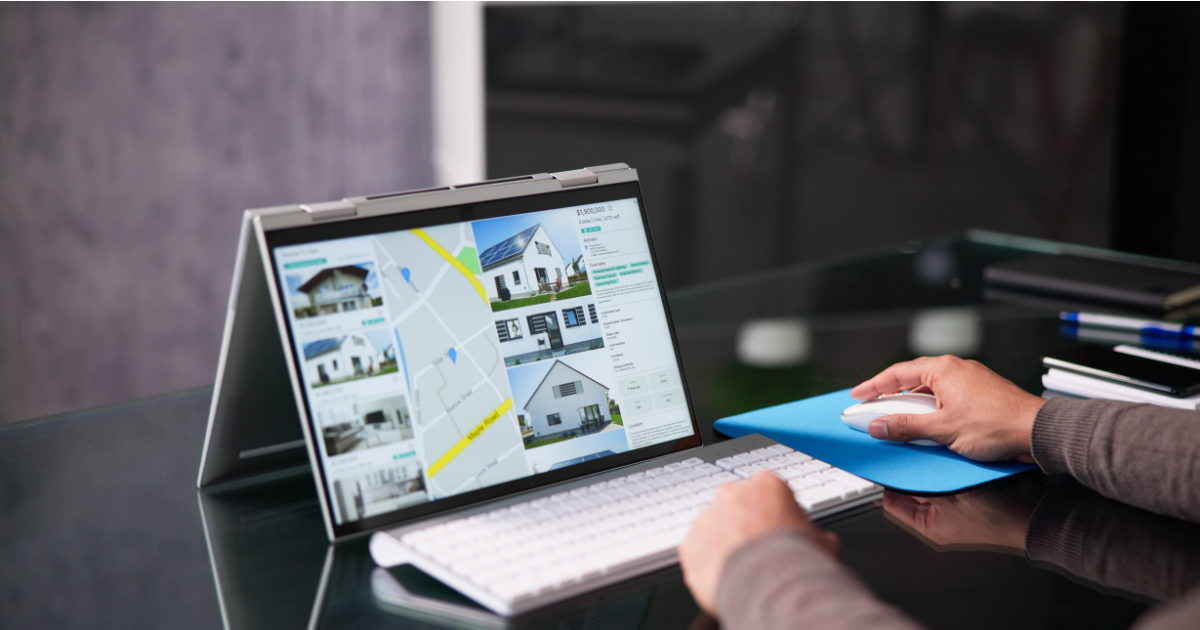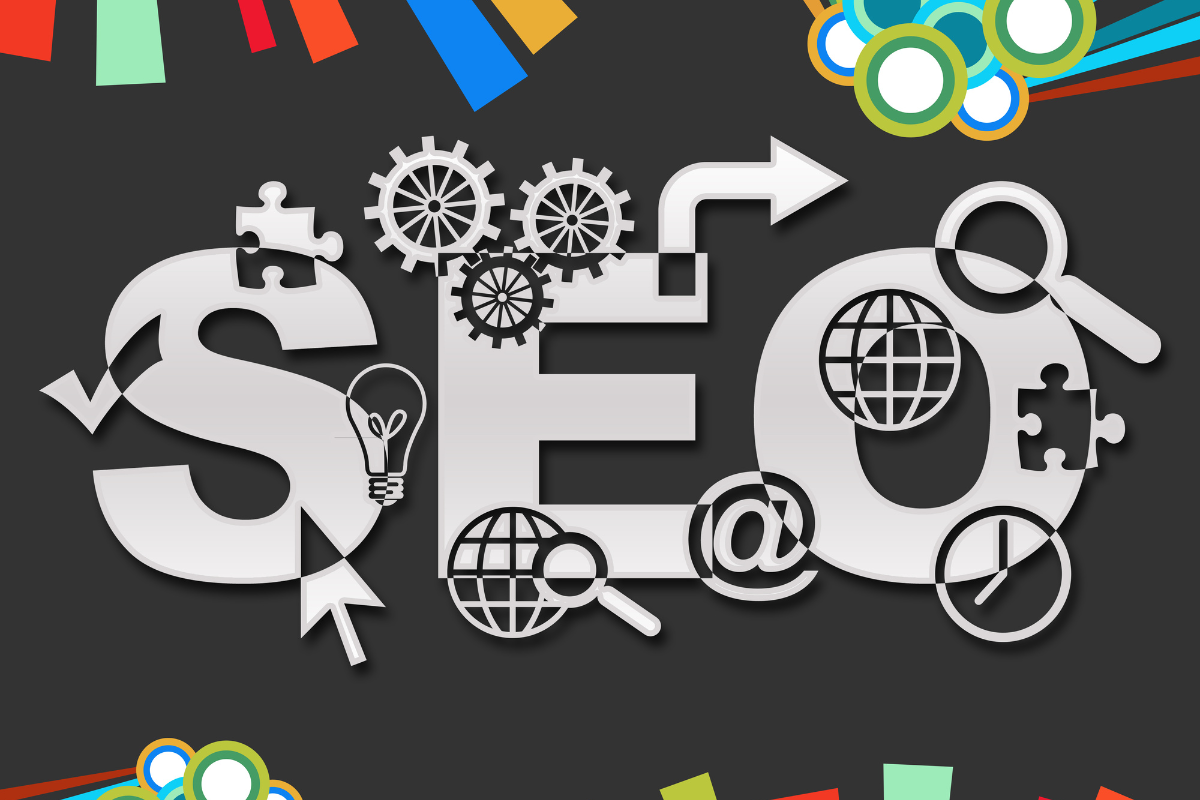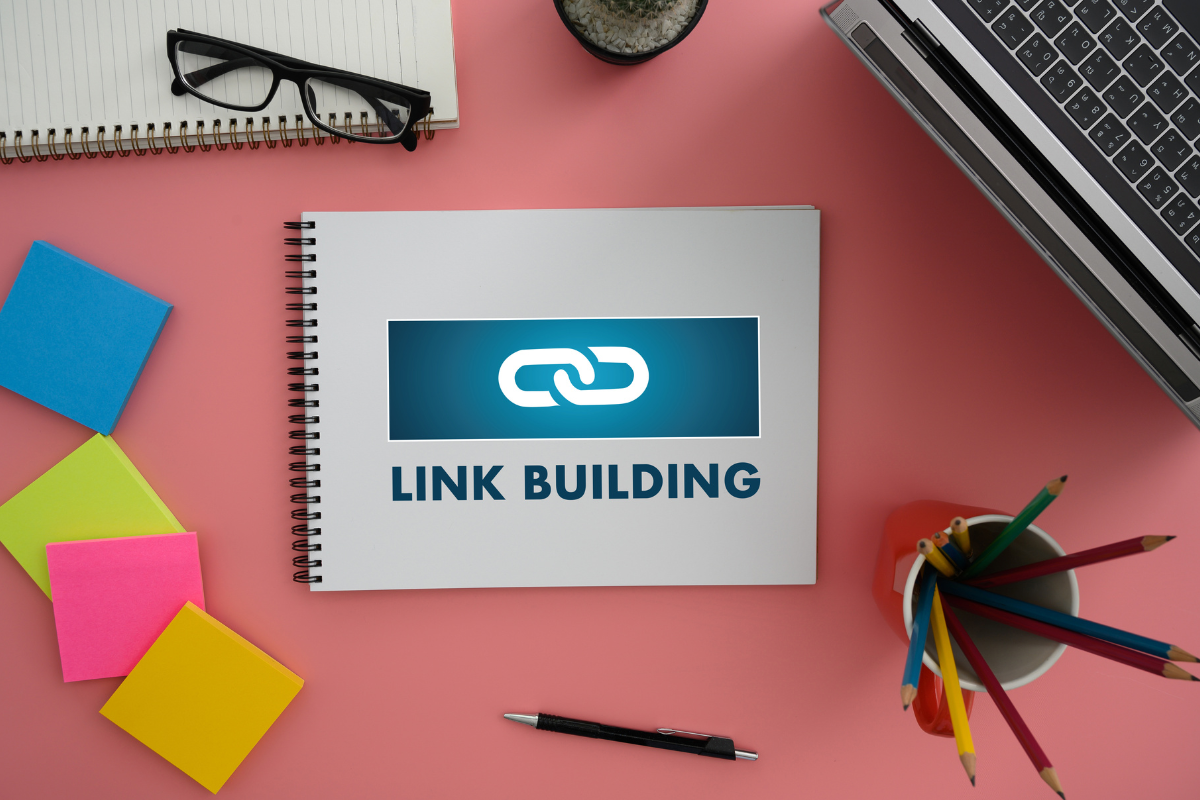Post Title
Improve E-commerce Conversion Rates with These Expert Tips
November 29, 2024
Many e-commerce businesses focus solely on getting more traffic. While that's important, it's not the full picture.
The conversion rate is one of the most powerful metrics you should keep an eye on. It tells you how effectively your website turns visitors into paying customers. It's a simple concept, yet powerful.
The average e-commerce conversion rate is around 2.58%, meaning nearly 98% of visitors leave without making a purchase. That’s a lot of untapped potential!
Let’s put this into perspective: if you could improve your conversion rate by just 1%, you’d see an incredible return on investment.
Small changes can lead to huge results, and the best part is, you don’t need to increase your ad spend or marketing budget. It’s all about optimizing your website to give visitors an experience they can’t resist.
E-commerce Website Optimization
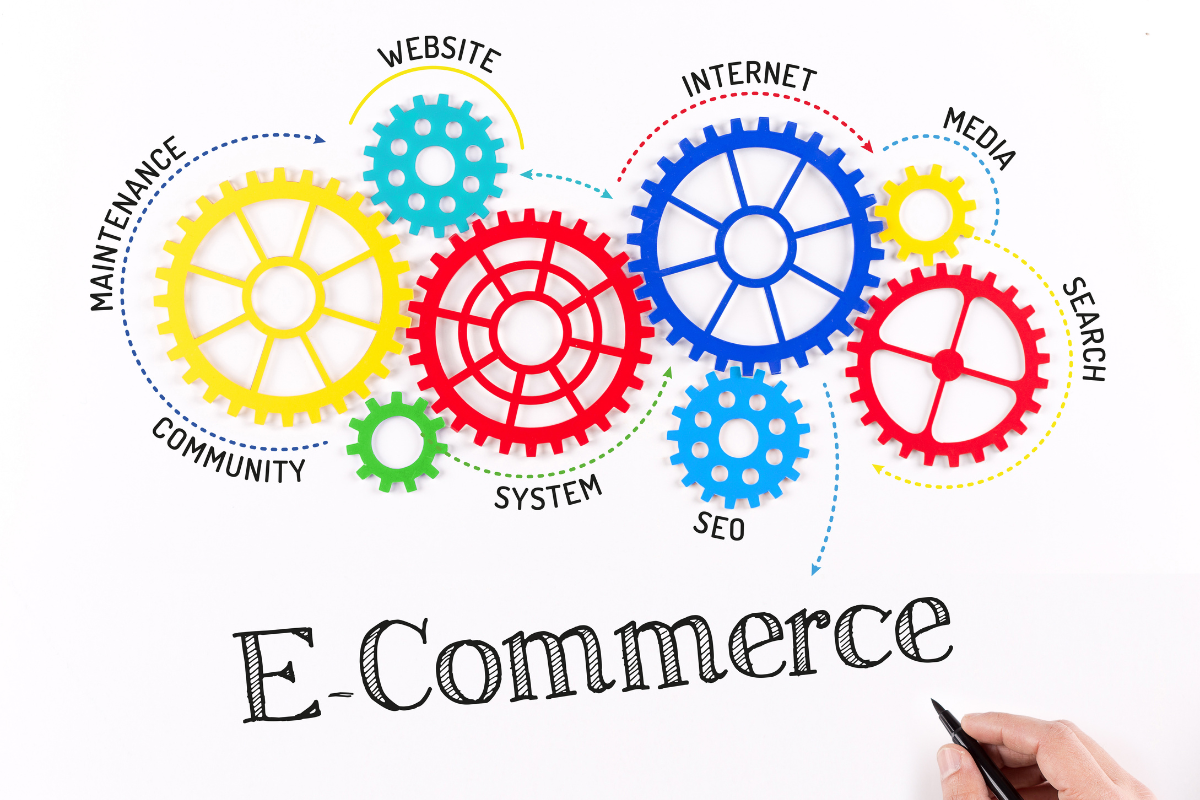
Enhance User Experience (UX): The Backbone of Conversion
Your website is a digital storefront, and just like a brick-and-mortar store, it needs to be easy to navigate and inviting. A smooth user experience makes a significant difference in your ability to convert.
- Simplify Navigation: A website that’s difficult to navigate is a turn-off for visitors. Think about the user’s journey from the moment they land on your site. Are the categories clearly defined? Is there an easy-to-find search bar? Make sure everything is organized logically so users don’t waste time hunting for products.
- Mobile Responsiveness: With over half of all online purchases coming from mobile devices, a mobile-friendly design is a must. If your site doesn’t look good or function well on smartphones and tablets, you risk losing those sales. Be sure to test your website across a variety of devices and screen sizes.
- Fast Load Time: Visitors won’t wait around for a slow site. A 1-second delay can decrease conversions by 7%. Compress images, minimize unnecessary code, and use a Content Delivery Network (CDN) to speed up load times.
Optimize Product Pages: Your Conversion Powerhouse
Product pages are where the magic happens, they’re the last chance you get to persuade a visitor to make a purchase. So, let’s make them irresistible:
- High-Quality Images and Videos: Customers want to see what they’re buying. Offer multiple high-quality images from different angles. Consider adding videos that showcase your products in action. It builds trust and gives shoppers a better idea of what to expect.
- Compelling Descriptions: It’s not just about listing the features of a product; it's about highlighting how it solves a problem or fulfills a need. Use benefit-focused descriptions, and make the content easy to read by using bullet points and concise language.
- Social Proof: Social proof is one of the most powerful conversion tactics. Display customer reviews, testimonials, and ratings to reassure potential buyers. When people see others vouching for your product, they’re more likely to make a purchase themselves.
Streamline the Checkout Process: The Final Hurdle
The checkout process is where many customers abandon their carts. To make sure this doesn’t happen to you, focus on simplifying the experience:
- Minimize Steps: The more steps in your checkout process, the more likely users are to abandon their carts. Aim for a one or two-step checkout process to reduce friction.
- Guest Checkout Option: Forcing customers to create an account can feel like an unnecessary hurdle. Offer a guest checkout option to make the process faster and easier.
- Multiple Payment Options: Every customer has a preferred payment method. By offering a wide range of options like PayPal, Apple Pay, Google Pay, and traditional credit cards, you give customers the flexibility to choose the one that works best for them.
Advanced Techniques on How to Improve Conversion Rate on Your Website

1. Personalized Shopping Experiences
Personalization is key in today’s e-commerce world. Customers expect tailored experiences, and you can provide that using data analytics and AI-powered tools.
- Dynamic Content: Based on previous browsing behavior, recommend products that match the customer’s interests. A “You may also like” section is an excellent example of this.
- Personalized Retargeting: Use retargeting to bring back customers who have abandoned their carts. Personalized offers, like a discount or free shipping, can be the nudge they need to complete their purchase.
2. Creating Scarcity and Urgency
Sometimes, customers need a little push. Creating a sense of urgency can motivate them to make a quicker decision.
- Countdown Timers: Limited-time offers or flash sales with countdown timers are effective in encouraging action. Phrases like “Sale ends in 12 hours!” or “Only 3 left in stock” can drive conversions.
- Low-Stock Alerts: Scarcity triggers FOMO (Fear of Missing Out). Add low-stock messages like “Only 3 left!” on product pages to create urgency.
3. Retargeting Campaigns
Not everyone will convert on their first visit to your site, but that doesn’t mean they’re lost forever. Retargeting helps you stay top-of-mind.
- Abandoned Cart Emails: Send a gentle reminder to customers who have abandoned their carts. Offer a discount or free shipping to entice them to complete the purchase.
- Retargeting Ads: Use display ads to retarget website visitors who didn’t convert. These ads should focus on the exact product they viewed to remind them of what they left behind.
Website Performance Metrics: The Numbers You Can’t Ignore

To truly optimize your e-commerce website, you need to track performance. Knowing which areas of your website need improvement is key to increasing conversions.
- Conversion Rate: This is the percentage of visitors who take a desired action on your site, whether it’s making a purchase, signing up for a newsletter, or any other goal.
- Cart Abandonment Rate: This tells you how many people are abandoning their carts at the checkout stage. Look at where users drop off in the process and work on fixing common blockers.
- Page Load Speed: As mentioned earlier, slow websites lose conversions. Focus on reducing load time by compressing images and optimizing scripts.
Tools to Track Metrics
- Google Analytics: A must-have tool to track bounce rates, conversion paths, and overall customer behavior.
- Hotjar: Use heatmaps to see where users click, how far they scroll, and where they drop off.
- Crazy Egg: Track session replays and identify user pain points in the user experience.
By continuously monitoring these metrics and setting clear performance benchmarks, you can make informed decisions about your website's optimization.
Comprehensive Strategies to Optimize E-Commerce Conversion Rates

Now, let’s explore the most effective strategies to transform your website visitors into satisfied customers:
1. Optimizing Your Website for Success
Your website is your virtual storefront. If it’s cluttered, confusing, or slow, potential customers will leave.
Key Elements of a High-Converting Website
Mobile-Friendly Design
With mobile devices accounting for over 60% of e-commerce traffic, a mobile-optimized site isn’t optional—it’s essential. Use responsive designs and test functionality across multiple devices.
Intuitive Navigation
- Keep menus simple and logical.
- Use breadcrumbs to help users track their location.
- Implement a search bar with predictive suggestions.
Fast Loading Speeds
- Compress images and minimize code to improve load times.
- Aim for page load speeds of under three seconds.
Compelling Visuals
High-quality images and videos enhance credibility. Include multiple product angles, 360-degree views, and videos demonstrating product use.
2. Perfecting Your Product Pages

Crafting Product Descriptions
- Use storytelling to connect with buyers emotionally. Explain how the product solves their problems.
- Optimize descriptions with relevant keywords for better search visibility.
Adding Social Proof
- Display customer reviews and ratings prominently.
- Include testimonials, case studies, or user-generated content.
Clear Call-to-Action (CTA) Buttons
- Use contrasting colors to make CTAs stand out.
- Ensure CTAs like “Add to Cart” or “Buy Now” are visible without scrolling.
Pricing Transparency
Avoid hidden costs—surprise fees during checkout are a leading cause of cart abandonment.
3. Simplifying the Checkout Process
The Problem with Complex Checkouts
Studies show that 70% of online shopping carts are abandoned. Simplifying your checkout process can significantly reduce this number.
Solutions:
- Guest Checkout: Allow users to complete purchases without creating an account.
- Auto-Fill Features: Save time by auto-filling shipping and payment details for returning customers.
- Progress Indicators: Show a visual representation of how many steps remain.
Security Features
- Display SSL certificates and security badges.
- Offer secure payment options like PayPal, Apple Pay, and credit card encryption.
4. Creating Urgency and Scarcity

Psychological triggers like urgency and scarcity encourage faster decision-making.
Examples:
- Countdown Timers: Highlight limited-time offers with a ticking clock.
- Low Stock Alerts: Use phrases like “Only 2 left in stock!”
- Exclusive Deals: Offer discounts to first-time buyers or loyalty program members.
5. Personalization: The Secret to Higher Conversions
Personalized shopping experiences resonate with customers, making them more likely to buy.
Techniques for Personalization
Dynamic Product Recommendations
- Suggest related or complementary products.
- Display “Recently Viewed” or “Frequently Bought Together” sections.
Behavior-Triggered Emails
- Send abandoned cart reminders.
- Follow up with product recommendations based on browsing history.
Geo-Targeted Offers
Offer discounts or shipping deals tailored to the user’s location.
6. Leveraging Customer Psychology

Human behavior is influenced by specific psychological principles. Here’s how to use them:
Reciprocity
Give value before asking for a sale. Free samples, trials, or guides can build goodwill.
Social Proof
Show that others are buying your products. Real-time notifications like “John from New York just purchased this item” create trust.
Authority
Highlight certifications, awards, or endorsements from trusted figures.
FOMO (Fear of Missing Out)
Create a sense of urgency with phrases like “Last chance to buy!”
7. A/B Testing: Continuous Improvement
A/B testing is essential for identifying what works best for your audience.
What to Test:
- Headlines and product titles.
- CTA placement and wording.
- Image styles and layouts.
Best Tools for A/B Testing:
- Google Optimize: Great for beginners.
- Optimizely: Advanced features for enterprise-level testing.
8. Email Marketing for Conversion Boosts
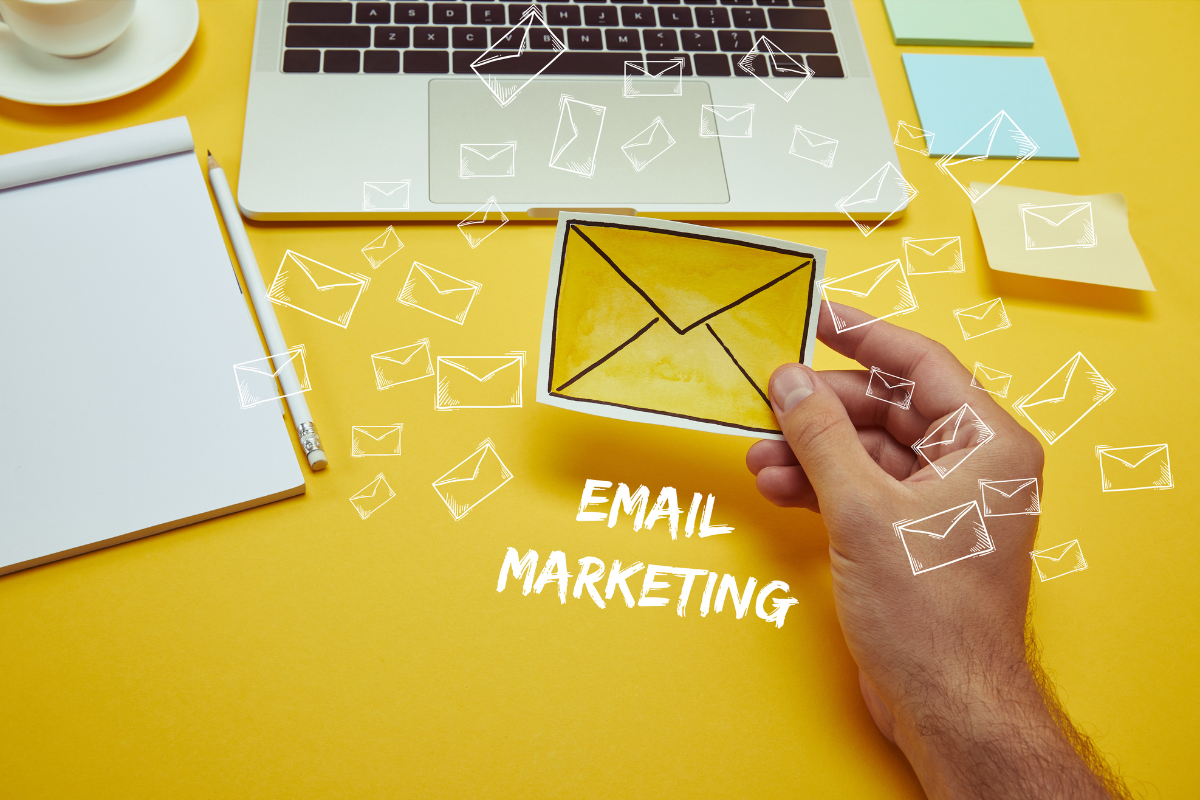
Email marketing remains one of the highest ROI channels for e-commerce.
Types of Campaigns:
- Abandoned Cart Emails: Remind customers to complete their purchases.
- Welcome Series: Engage new subscribers with tailored offers.
- Post-Purchase Follow-Ups: Encourage reviews and repeat purchases.
Personalization in Emails
- Use customer names and recommend products based on past behavior.
- Send exclusive discounts for birthdays or anniversaries.
9. Retaining Customers for Long-Term Growth
Customer retention is more cost-effective than acquisition. Loyal customers are more likely to make repeat purchases and refer others.
Loyalty Programs
Reward repeat purchases with points, discounts, or early access to new products.
Exclusive Content
Offer VIP customers sneak peeks of upcoming collections or invite-only sales.
Re-Engagement Campaigns
Use email or retargeting ads to bring back inactive customers.
10. Measuring and Analyzing Performance

Key Metrics to Track:
- Conversion Rate: Measure the percentage of visitors who make a purchase.
- Average Order Value (AOV): Analyze the average amount spent per transaction.
- Bounce Rate: Identify pages causing visitors to leave without interacting.
- Customer Lifetime Value (CLV): Evaluate the long-term value of a customer.
Tools for Analytics:
- Google Analytics: Monitor traffic, bounce rates, and conversions.
- Hotjar: Understand user behavior through heatmaps and session recordings.
Conversion Rate Optimization Experts: Do You Need Help?
If you’re feeling overwhelmed by the prospect of optimizing your website for conversions, consider partnering with CRO (Conversion Rate Optimization) experts.
Why Work with CRO Pros?
- Specialized Expertise: CRO experts know exactly how to test different strategies and identify areas for improvement that you may have missed.
- Save Time: Rather than figuring it out on your own through trial and error, CRO professionals have tested and refined their strategies over years of work.
- Advanced A/B Testing: They’ll conduct A/B tests on everything from product page designs to call-to-action (CTA) buttons, ensuring your website is operating at peak efficiency.
What Can CRO Experts Offer?
- Behavioral Analysis: CRO tools like heatmaps and session replays uncover exactly what’s preventing users from converting.
- A/B Testing: Testing multiple variations of your website allows you to find the best-performing layout, copy, and design.
- Tailored Optimization Plans: CRO experts create customized plans based on your website’s specific challenges and opportunities, leading to higher conversion rates.
Optimize Your E-commerce Store for Success with Visio SEO!

Achieving higher e-commerce conversions isn’t just about adding a few tweaks to your website, it’s about strategically optimizing the entire customer journey. From user experience and personalized content to retargeting campaigns and performance tracking, every aspect of your site plays a role in converting visitors into loyal customers.
The good news is that by implementing the strategies and techniques in this guide, you’ll be able to optimize your website, streamline the shopping experience, and ultimately, boost your sales.
So, are you ready to unlock your e-commerce website’s full potential? If you need expert help, Visio SEO is here to guide you through every step of the process. Get in touch today to start optimizing your website and watch your conversion rates soar!



